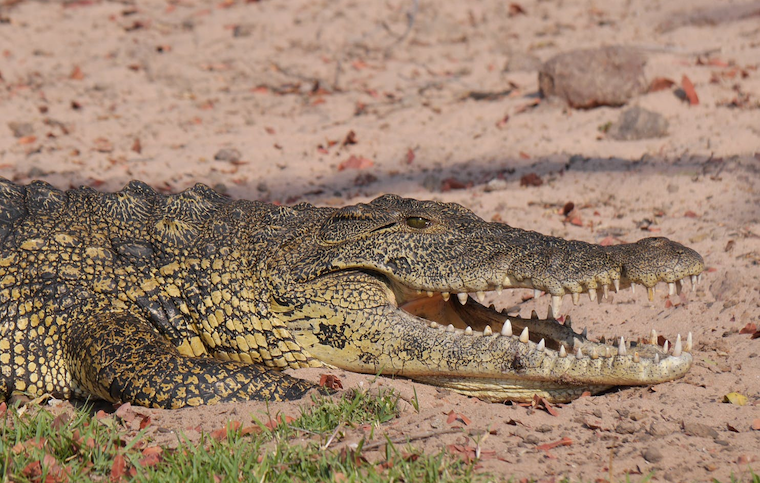A crocodile has mauled to death a 15-year-old boy in Buliisa district, western Uganda.
According to reports, Victor Byamani and three friends went to fetch water from Lake Albert at Kibarama landing site when a crocodile suddenly emerged from the lake and grabbed him.
His friends rushed back home, screaming for help, alerting residents about the attack. Rogers Businge, a resident of the area stated that by the time, they responded, it was too late to save Byamani's life, as the crocodile had already killed him and disappeared with his body into the lake.
This is not the first crocodile attack in the region. In May of this year, a crocodile attacked and killed a 72-year-old man in Lake Albert in Hoima district. In April 2020, a similar incident occurred when a crocodile mauled a 20-year-old man in Lake Albert in Buliisa district.
In July 2018, a crocodile severely injured 18-year-old Maureen Vicky in Kiryamboga landing site, Hoima district, while she was collecting firewood. In July 2019, 24-year-old Christine Nema, a resident of Rwebigongoro landing site in Kagadi district, was also fatally attacked by a crocodile while washing clothes on the lake's shores. By URN, The Observer






